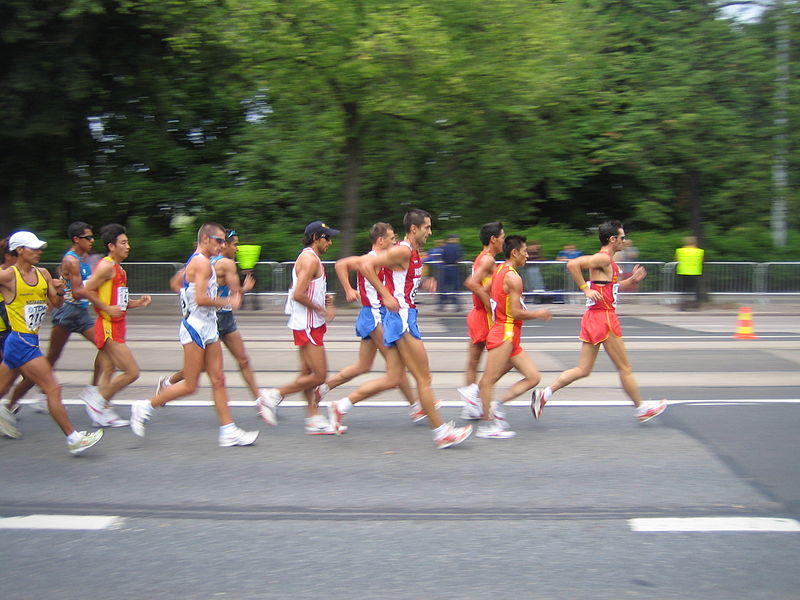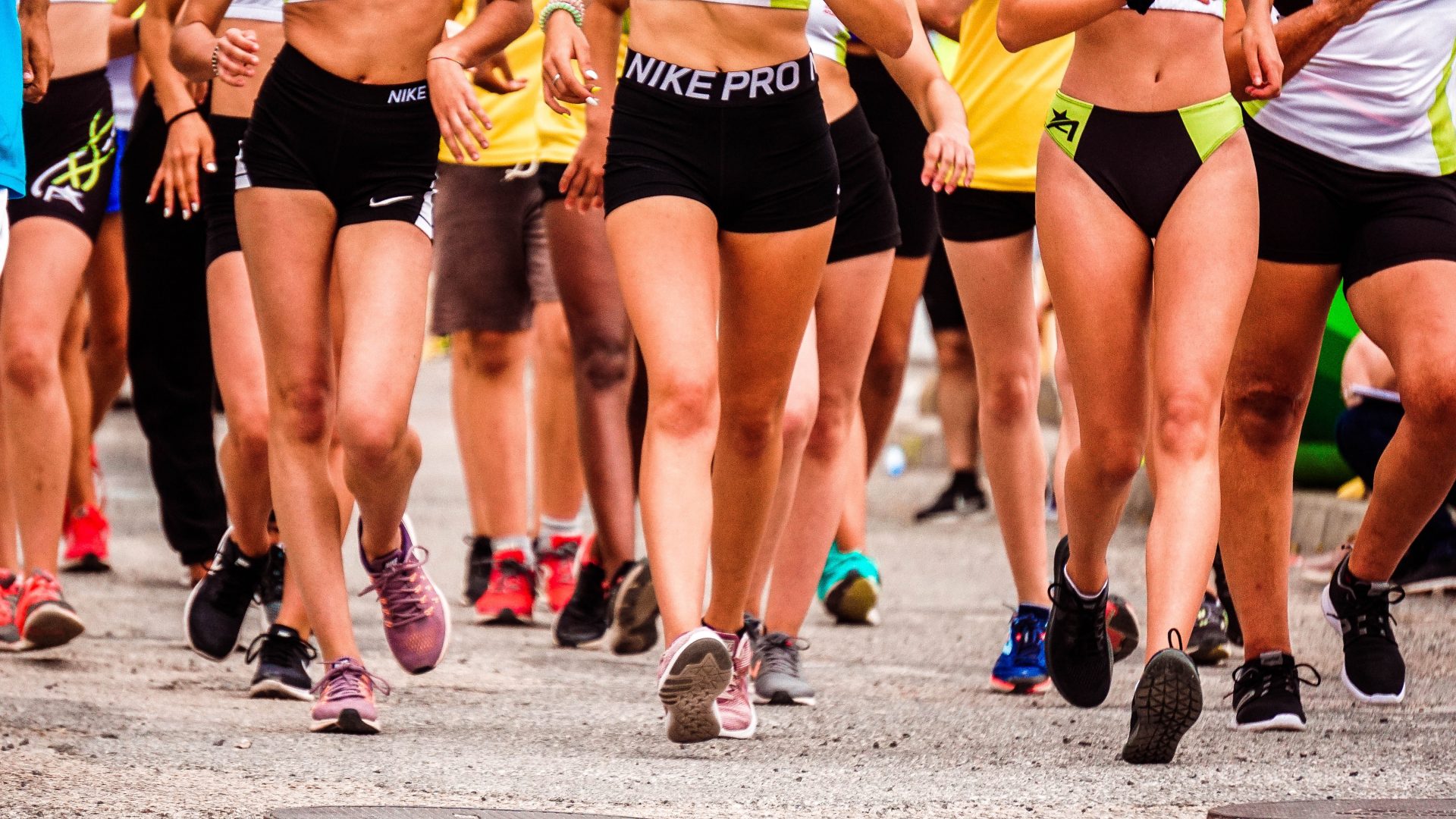The Unorthodox Art Of Racewalking
Of all the obscure Olympic sports that suddenly become the centre of our attention for a three week stretch once every four years, there are few that evoke more puzzled responses than racewalking. It’s a strange one to get your head around, as it almost seems contradictory by design; you’re trying to go as fast as possible, but the inherent restrictions of the rules force you to slow your own momentum down as to not break them and face disqualification. Yet there is something absolutely fascinating about watching the athletes walk the tightrope (figuratively, although race-tightrope-walking might be a great watch in its own right), in some cases for hours on end, doing everything they can to reach the limits of their speed without tipping over the edge for just a few moments and ruining all of their hard work.
The sport has often been derided by uneducated onlookers for its suggested lack of sporting legitimacy, with American broadcasting legend Bob Costas once famously, on air, mockingly comparing it to “a contest to see who can whisper the loudest”. But returning to the sports roots, we learn it began in the 18th century as a highly-respected spectacle known then as pedestrianism. The ‘sport’ was an incredibly popular gambling fixture in the United Kingdom, where men would essentially wager on whether they or others could complete walks of increasingly ridiculous distances or time constraints.
It was in these days that the ‘heel-to-toe’ was established; the heel of your front foot must be down before the toe of your back foot can leave the ground. That rule remains as one of only two that make up the parameters of the sport, the other being that each walkers supporting leg must be extended at the point of contact with the ground, and remain extended until the rest of your body passes over it. Most competitions nowadays (including the Olympic competitions) operate with a sort of ‘three strike’ rule, where if an onlooking judge deems a competitor has broken one of these rules, they are shown a red card. Earn three of these red cards during a race, and you’re out, disqualified from the race. It is in attempting to abide by these strict rules while still generating enough body momentum to hit the fastest possible speed that racewalkers get their patented ‘swinging hips rhymical technique’ that is practically synonymous with the sport.
In the modern day, racewalking has been a staple of the Olympic Games going back to 1908, although the long distance versions which we see today debuted in 1932. For this year’s Games, racewalking was split into three events, a two 20km races (one each for men and women) and a monstrous 50km for men (which was the longest distance event competed at the Games, roughly 8km longer than the marathon event). The sport is one where success is almost completely shared across the world (at least at Olympic level), with no nation having won more than three gold medals in the same event over the 20 Games that it has been contested. New Zealand has claim to one medal in that time, a gold medal won by Kiwi walker Norman Reed at the 1956 Games in Melbourne.

Kiwi Quentin Rew attempted to repeat that feat in the 50km event this year in Tokyo, and while came up short, his name made headlines thanks to his committed support crew back home in Wellington. Rew’s friends and family decided it only right that they match the work that he was putting in, so they brought a treadmill with them to their local pub and took turns walking along with him while taking in the race on a projector screen. It wasn’t enough to inspire Rew to a medal however, as he finished 16th in a time of just under four hours.
While some may still suggest that racewalking is a pointless exercise, because “well, why couldn’t you just run the distance instead”, racewalking might actually be a far better exercise option when it comes to looking after your bones and joints. It’s no secret that, no matter how pristine your technique and well cushioned your footwear, long distance running, particularly on hard surfaces like concrete pavement, can wreak havoc on your knees and ankles long term, particularly as you grow longer in the tooth. Racewalking is far less damaging in that regard, as the reduced impact of the technique can effectively eliminate this long term concern.
If you’ve been inspired by watching the incredible feats of the Olympic walkers this year and want to get involved yourself, there are a number of clubs dotted around the country specifically devoted to racewalking. We say, give it a try! Who knows, you might find yourself in Paris competing for a medal in three years’ time (probably not, but we like to be optimistic).

